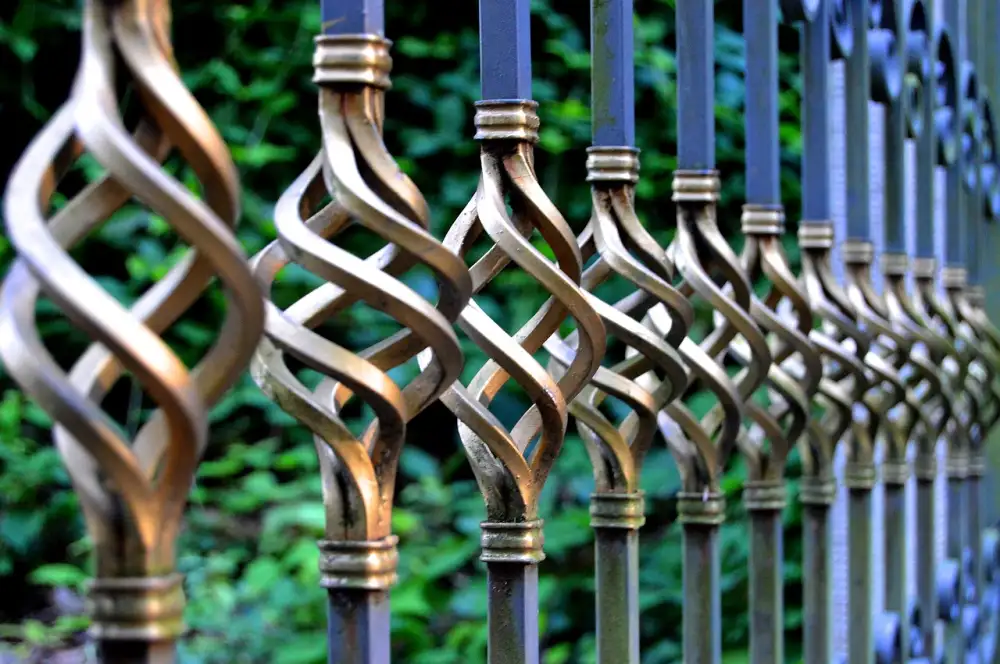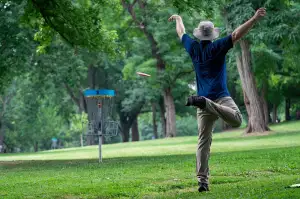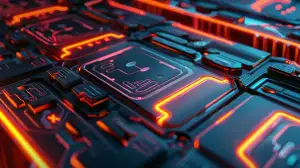Game Improvement Irons vs. Players Irons: Choosing the Right Golf Clubs for Your Game

Golf clubs are essential tools for any golfer, and choosing the right irons can significantly impact your game. When it comes to iron selection, two main categories dominate the market: Game Improvement Irons and Players Irons. Understanding the differences between these two types of irons is crucial in determining which one best suits your playing style and skill level. In this article, we will explore the characteristics of Game Improvement Irons and Players Irons, as well as the key factors to consider when deciding which type of iron is the best fit for you.
Definition of Game Improvement Irons
Game Improvement Irons are a type of golf club designed for players seeking forgiveness and distance. These irons typically have larger clubheads with a low center of gravity, making it easier to get the ball airborne. They also feature perimeter weighting to increase the moment of inertia, reducing the impact of off-center hits. Game Improvement Irons often have wider soles and more offset to help players square the clubface at impact, promoting straighter shots. These clubs are ideal for high handicappers or beginners looking to improve their game.
Definition of Players Irons
Players irons are golf clubs designed for skilled and experienced golfers who have a consistent swing and ball-striking ability. These irons are typically forged from soft carbon steel, offering a softer feel and greater feedback compared to game improvement irons. Players irons have thinner toplines, less offset, and smaller clubheads than game improvement irons, allowing for more workability and shot shaping. They provide precision and control over distance, trajectory, and spin, making them ideal for players who prioritize shot-making and feel over forgiveness.
Characteristics of Game Improvement Irons
1. Forgiveness: Game improvement irons are designed with larger club faces and perimeter weighting to provide more forgiveness on off-center hits. This helps players maintain distance and accuracy even when they don't strike the ball perfectly.
2. Distance: These irons are typically engineered to help players achieve greater distance with their shots. The design features such as stronger lofts, lower centers of gravity, and high-tech materials contribute to longer ball flights.
3. Easy to launch: Game improvement irons have a lower center of gravity which makes it easier for players to get the ball airborne. This is particularly beneficial for golfers who struggle with hitting high, straight shots consistently.
4. Wide sole: The wider sole of game improvement irons helps prevent digging into the turf, making them more forgiving on fat shots and providing better turf interaction for smoother contact with the ball.
5. Larger sweet spot: Game improvement irons have a larger sweet spot compared to players irons, allowing for more forgiveness on mishits and helping golfers achieve better results even when they don't strike the ball in the center of the club face.
Characteristics of Players Irons
Players irons are typically designed for more experienced golfers with a lower handicap who prioritize shot shaping and control over forgiveness. These irons have smaller club heads with a thinner topline, less offset, and a narrower sole compared to game improvement irons. Players irons also feature a higher center of gravity, which allows for greater workability and the ability to shape shots more easily. The feel of players irons is often described as soft and responsive, providing feedback on each shot to help skilled players fine-tune their game.
Key Differences Between Game Improvement and Players Irons
1. Forgiveness: Game improvement irons are designed with larger club heads and wider soles, offering more forgiveness on off-center hits. Players irons have smaller club heads and thinner soles, providing less forgiveness but more workability.
2. Distance vs. Control: Game improvement irons are engineered to maximize distance through technologies like perimeter weighting and low center of gravity. Players irons prioritize control and shot shaping capabilities due to their design for skilled players.
3. Feel and Feedback: Players irons typically offer better feel and feedback on impact compared to game improvement irons, allowing golfers to better assess their shots and make adjustments accordingly.
4. Appearance: Game improvement irons often feature a larger top line, offset hosel, and thicker sole which can be visually distracting for some players. Players irons have a sleeker, more traditional look preferred by better players.
5. Skill Level: Game improvement irons are ideal for high handicappers or beginners looking to improve their game with forgiving clubs. Players irons are best suited for low handicappers or experienced golfers who prioritize shot control over forgiveness.
Understanding these key differences can help golfers make an informed decision when choosing between game improvement and players irons based on their skill level and playing preferences.
Pros and Cons of Game Improvement Irons
Pros of Game Improvement Irons:
1. Forgiveness: Game improvement irons have a larger sweet spot, making it easier for players to achieve straighter shots even on off-center hits.
2. Distance: These irons are designed to maximize distance, helping players hit the ball farther with less effort.
3. High launch: Game improvement irons typically have a lower center of gravity, promoting higher launch angles for increased carry distance.
Cons of Game Improvement Irons:
1. Less workability: Due to their forgiving nature, game improvement irons may limit the ability to shape shots or control trajectory compared to players irons.
2. Lack of feedback: The enhanced forgiveness can result in reduced feedback on mishits, making it harder for players to identify and correct swing errors.
3. Appearance: Some golfers prefer the sleeker look and feel of players irons over the bulkier design of game improvement irons.
Pros and Cons of Players Irons
Players irons are designed for skilled golfers who prioritize control, workability, and feel over forgiveness. The pros of players irons include precise shot shaping capabilities, enhanced feedback on mishits, and the ability to manipulate ball flight. These clubs typically have a thinner topline, less offset, and a smaller clubhead size, appealing to better players looking for precision in their shots.
However, the cons of players irons lie in their lack of forgiveness compared to game improvement irons. Mishits with players irons can result in significant distance loss and less forgiveness on off-center strikes. Additionally, the smaller sweet spot may make it challenging for high handicappers or beginners to consistently strike the ball well with these clubs. Players irons require a higher skill level to fully benefit from their design features.
Which Irons Are Best for You?
When deciding between game improvement irons and players irons, it ultimately comes down to your skill level and playing style. If you are a beginner or a high handicapper looking to improve your game and increase forgiveness on off-center hits, game improvement irons are the way to go. They offer larger club heads, wider soles, and more perimeter weighting for added forgiveness.
On the other hand, if you are a low handicapper or an experienced player with consistent ball-striking ability seeking more control, feel, and workability in your shots, players irons would be the better choice. These irons typically have smaller club heads, thinner toplines, less offset, and a higher center of gravity for enhanced shot shaping capabilities.
Ultimately, it is essential to test both types of irons on the driving range or during a fitting session to determine which set feels most comfortable and suits your game best. Remember that selecting the right iron set can significantly impact your performance on the course.
In conclusion, when it comes to choosing between game improvement irons and players irons, it ultimately depends on your skill level and playing style. Game improvement irons are ideal for beginners or high handicappers looking for forgiveness and distance, while players irons are better suited for low handicappers or skilled players seeking control and workability. It's essential to test both types of irons to determine which feels more comfortable and helps you perform better on the course. Ultimately, selecting the right golf clubs can significantly impact your game, so choose wisely based on your individual needs and preferences.
Published: 16. 04. 2024
Category: sports


